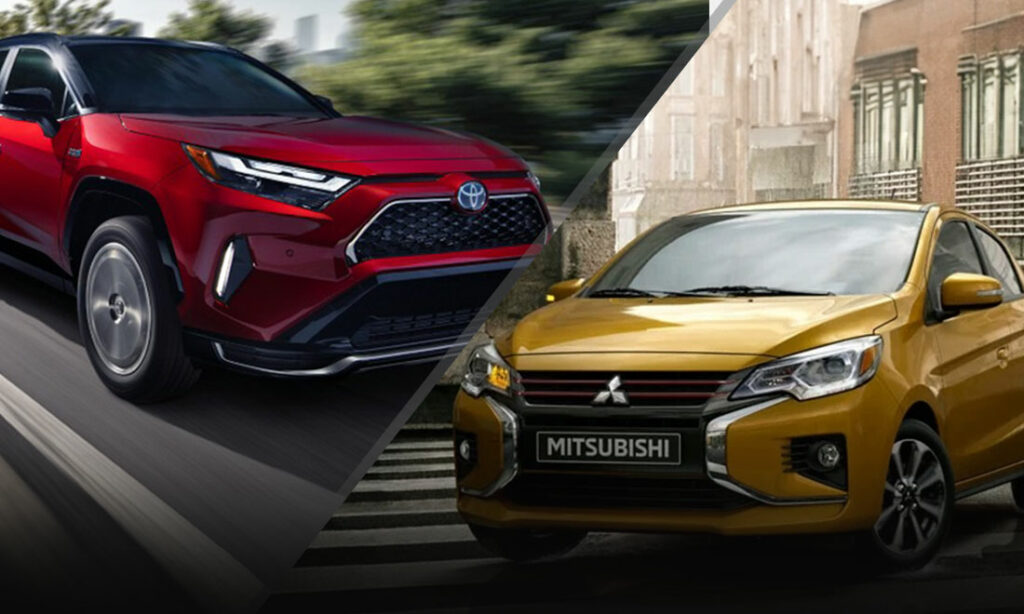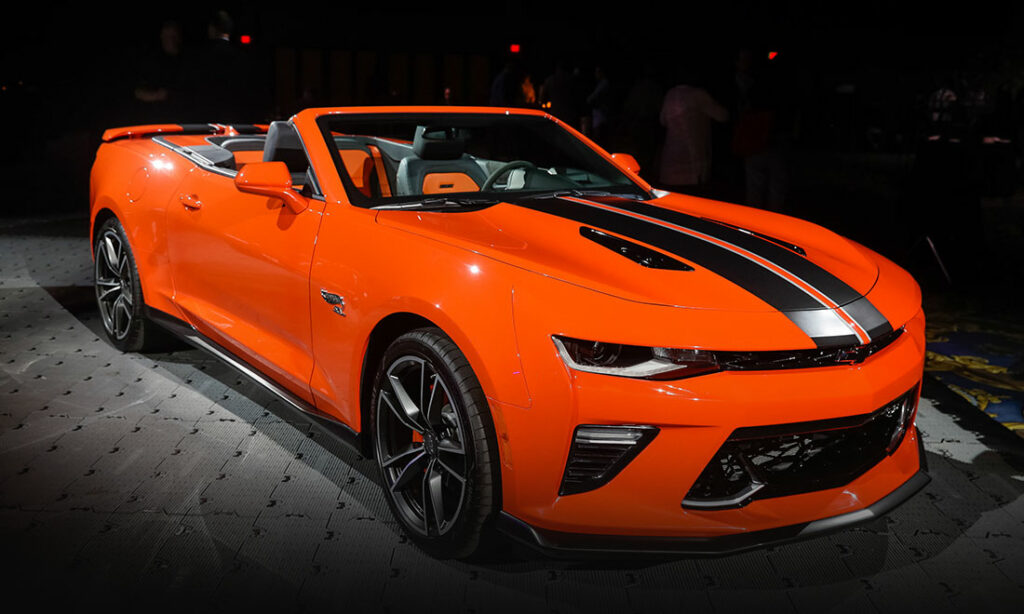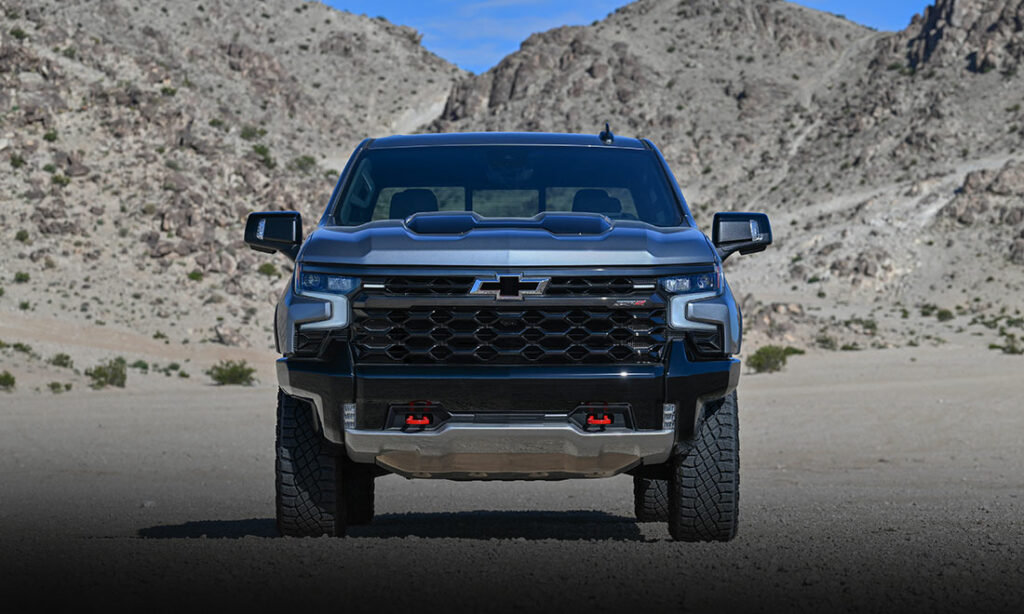Classic Comparison: Ford F1 vs Chevy 3100
The Ford F1 and Chevrolet 3100 matchup as two of the most iconic pickups of the 20th century. Can we determine a clear winner in this classic comparison?
When Old Pickups Were New Pickups
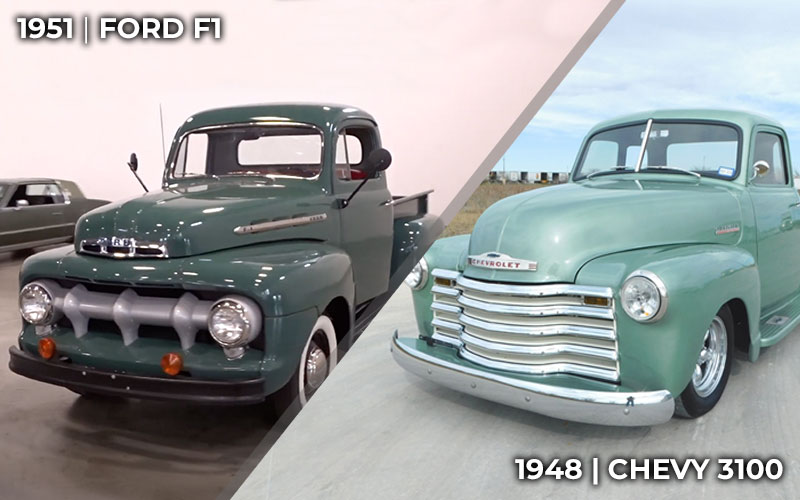
As a kid, it is natural to assume that the way things are right now is how they have always been. Dad has always had that paunch and been sure puns were the highest form of comedy. Mom has always loved minivans and felt socks left on the floor were the gravest of household sins. And of course, grandma has always been this generous with twenty-dollar bills and grandpa has always driven a rusting but well-kept 1950s pickup. But eventually, the flow of the river of time becomes clear to us and that old pickup, with its dents and patina, transforms into a relic carrying the echoes of bygone days dimly audible in the lope of a twice rebuilt engine.
For this Classic Comparison, we are looking back at two classic trucks, the Ford F1 and the Chevrolet 3100, which together mark the beginning of the pickup as we know it today. In doing so, we will explore these trucks not as we know them today, totems of our collective nostalgia, but as the innovative machines they were when they first debuted over seventy years ago.
Chevrolet 3100
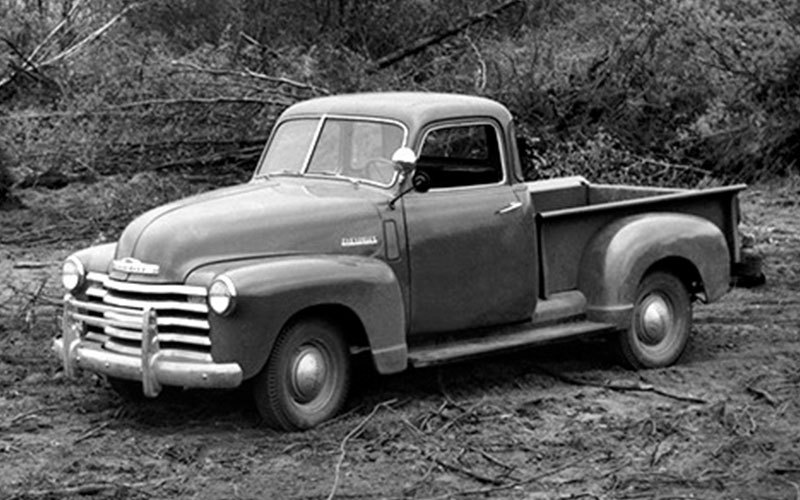
The Chevrolet 3100, also known as the Advanced Design, was the carmaker’s first post-war design, debuting in 1947. The new truck was designed to better balance utility and daily comfort. To that end, Chevy made the cabin larger and wider, added a fresh-air heater/defroster, and improved outward visibility with a larger windshield.
The look of the truck was also a departure from its pre-war predecessors. The Advanced Design featured Art Deco touches like the five-bar grille and chunky fonts for the badging and gauges. The new Stepside bed design accentuated the already massive fenders. Integrated headlights and door hinges smoothed and simplified the flowing bodywork. The Deluxe Cab version improved both aesthetics and visibility with the addition of blind spot eliminating windows in the B-pillars.
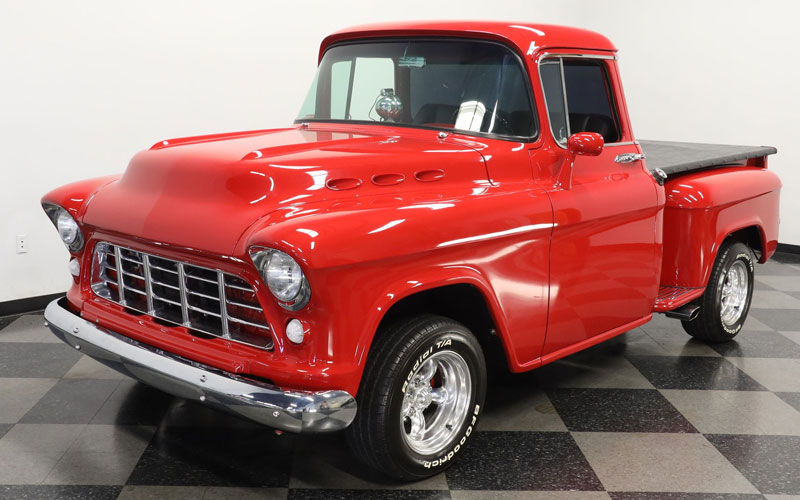
Under the hood was a “Thriftmaster” 216 cu-in straight-six making 90 horsepower. A 1954 update in the 3100’s final full year of production introduced a new 235 cu-in six-cylinder with 112 horsepower along with a new grille and a new single-pane windshield.
The Task Force series Chevy was introduced halfway through 1955 with a major redesign for the pickup and a new 265 cu-in V8.
Ford F1
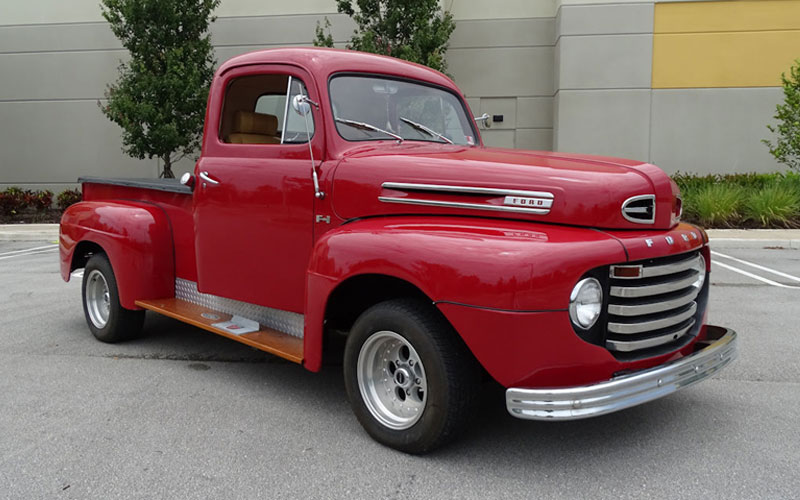
Ford was likewise starting afresh following WWII when they introduced the F-Series pickups, also known as the “Bonus-Built” trucks, in 1947. And like the Advanced Design Chevy line, the F-Series trucks ran a gamut from the half-ton F1 all the way to the “Big Job” heavy-duty F7 and F8s. The new F-Series were the first Ford trucks to have a dedicated truck chassis, rather than sharing its chassis with Ford’s cars.
Coming out of the war, Ford was struggling to regain its financial footing and began pouring money into the development of new vehicles. Though the majority of these new designs were for passenger cars, the F-Series had considerable resources devoted to it as well. Ford too wanted their new truck to be less taxing for daily users. This work earned the new truck’s cab the internal moniker of the “Million Dollar Cab” for all the money spent in its development.
The resulting truck proved those investments wise. The new Ford F1 had a seven-inch wider cab, wider doors, and a higher windshield as well as new creature comforts like a glove box, ash tray, and driver’s side sun visor. A 1951 update added a wider rear window and a new dashboard design that resulted in a new name, the “Five-Star Cab.”
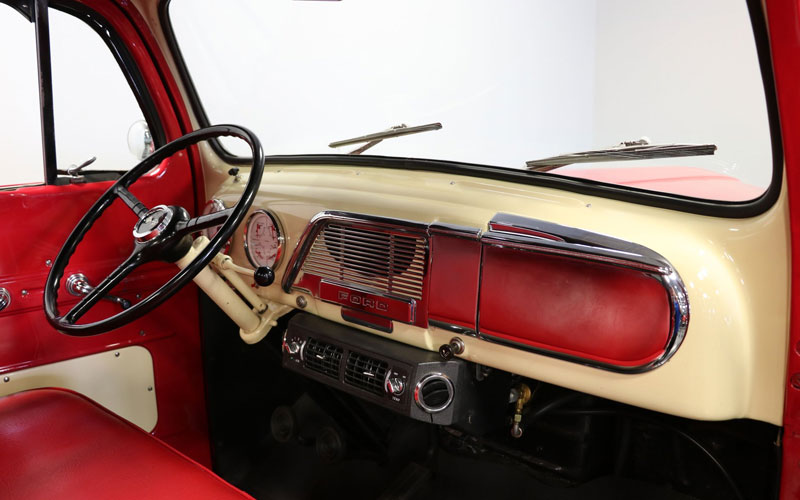
The Ford F1 hewed closely to the design of its Chevrolet counterpart as it too featured an Art Deco-inspired design that included such flourishes as a five-bar grille and chrome accents on the streamlined narrow hood. Among its cool details are the integrated turn signals in the top bar of the Ford’s grille and the nostril-like intakes on the front of the hood. Ford called their bed design a Flareside to Chevy’s Stepside, with the same bulbous fenders adding heft to the truck front and rear.
Under the hood of the Ford F1 was either a 226 cu-in flathead straight-six making 95 horsepower or a 239 cu-in flathead V8 with 100 horsepower. Transmission choices were limited to a light or heavy duty three-speed manual or a four-speed manual.
The Ford F1 Bonus-Built series was succeeded by the F-100 “Triple Economy” series starting in 1952.
Which is More Classic?
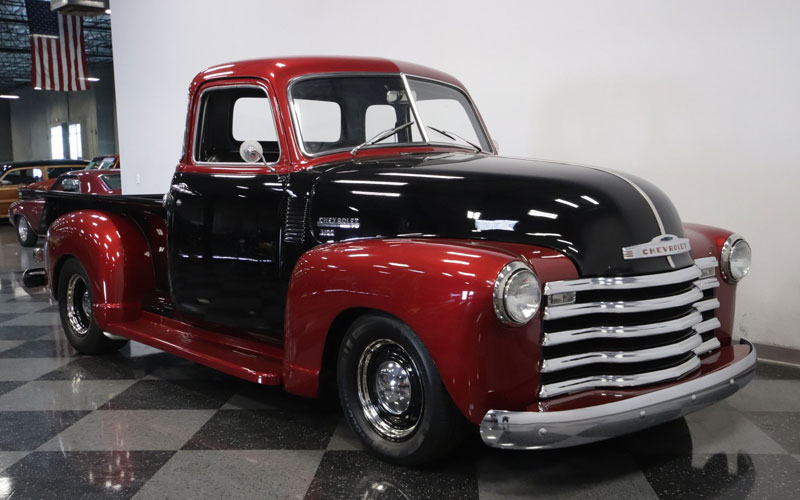
The perennial debate between Ford and Chevy has always been close and contentious and has, naturally, included the Advanced Design Chevy and the Bonus Built Ford pickups. Though they both employ the then fashionable Art Deco styling, we prefer the relative simplicity of the Chevy’s design to the busy look of the Ford. The Ford gets a point for being the first of the two to offer a V8 engine, which the Chevy would not get until that generational change over to the Task Force series. The Chevy was the more popular at the time, outselling the Ford to make the 3100 the best-selling pickup in the late 1940s.
Though there are clear differences between the two, the Chevy 3100 and Ford F1 match up so closely we are forced to demur on a winner in this comparison. If brand loyalties sway people’s preferences on today’s Silverado and F-150, that goes doubly so for these two classics, where such allegiances run generations deep. Whichever you love more, be sure to check out the latest listings of these two classic pickups on Carsforsale.com.


